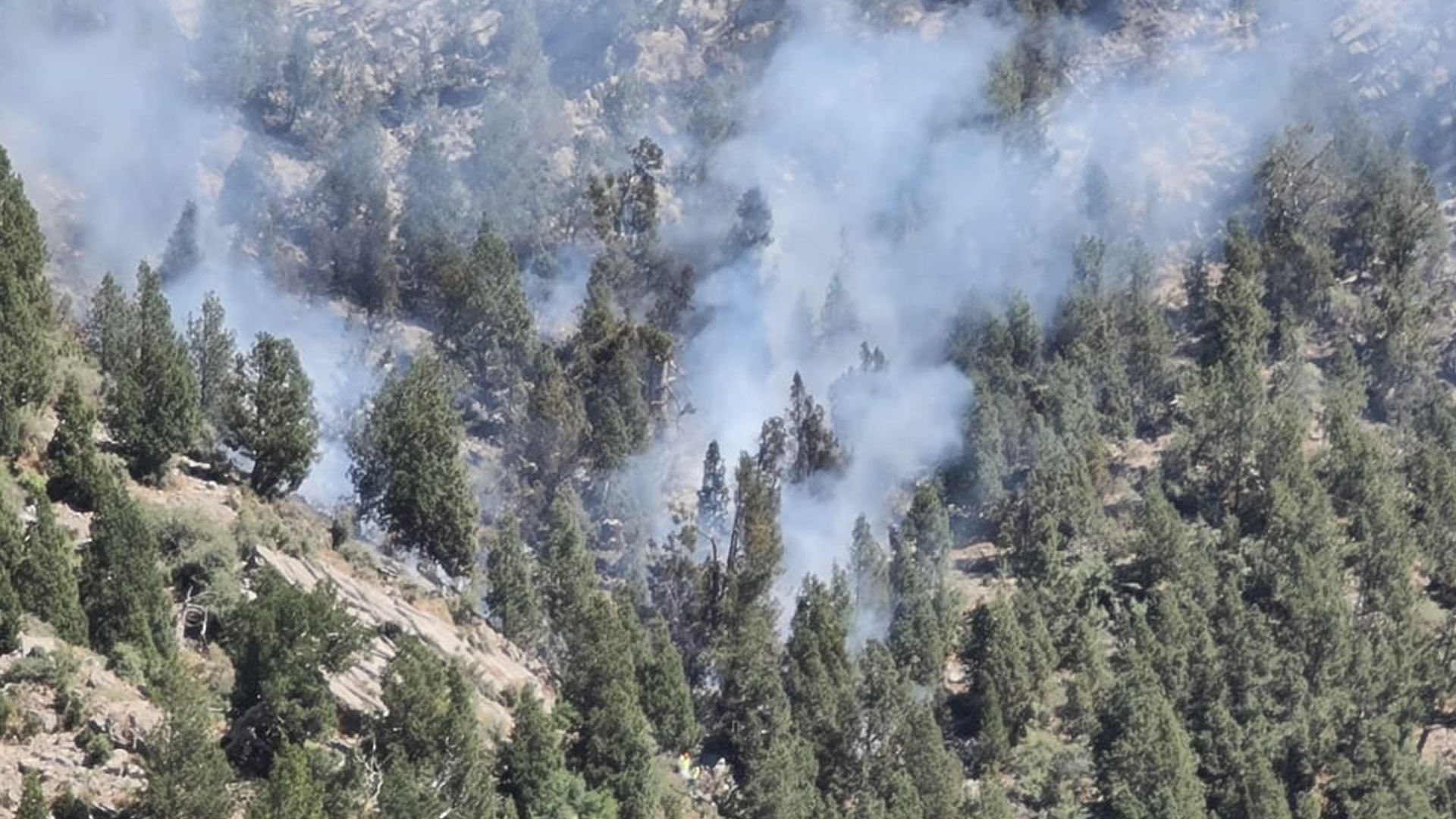Climate change is a socio-economic and political hot potato that calls for an annual meet in the form of Conference of Parties (COP) every year. COP, effective since 1994, was formed under the umbrella of United Nations Framework Convention on Climate Change (UNFCCC); an international environmental treaty to combat human interference in the climate system. It was signed by 154 States at the United Nations Conference on Environment and Development in 1992 and is also known as Earth summit. Article 7.2 of the convention defines COP as the “Supreme Body” of the convention as it is the highest decision-making authority. COP is a mingled yarn that has over the past few decades reached agreements and disagreements. First COP was held in Berlin, Germany and since then this forum has been meeting every year on the agenda of Climate Change. The last COP, COP 27, took place in Sham el-Sheikh in Egypt this year.
In Egypt, public leaders, Government officials, private sector and climate activists gathered at the venue in thousands to reach a new common ground on the Climate of the Green Planet. Between 6th and 20th November, discussions with myriad themes and intricate scenarios, to save our globe from environmental catastrophe, were observed at COP 27. Representatives from more than 100 countries presented their perspectives and long-term plans. A loss and damage fund was developed to compensate vulnerable developing countries like Pakistan (that was hit by severe floods this year). Like always, some call it a success while other mention it as an utter act of time pass. It indeed is a success in a sense that so many participants from across the planet united to show solidarity with Mother Earth. Still, critics say that mere presence is not enough and strong measures are the real way to address the challenges.
COPs maybe a positive step towards alleviating the impacts of Climate change but the question is, how much damage and impact can humans sustain/overcome? Can the damages from climate change in all developing countries be covered by a mere $100 Billion fund? Only one country, Pakistan, suffered $30 Billion dollar loss of infrastructure in one spell of rainfall. Such events are not one-time occurrences, they keep repeating for instance Pakistan experiencing similar floods in 2010. The damages were not covered then and cannot be covered now. How can the turmoil of so many developing nations amidst this global financial recession be compensated for? I dare ask if such actions are even worth it? Our approach at COP 27 is like taking short term climatic measure while not holding on to the sustainable mantra that we sang at COP 21 in the mould of SDGs.
The secretary general of the UN stressed that, “Instead of a burning bush, we have a burning Planet”, and this planet needs prevention not funds. A critical mind will inquire if we are prioritizing Adaptation over Mitigation? Are we not taking into consideration that the Global South cannot bear the brunt of damages it sustains from climate change exacerbated by the Global West. It is high time to either reduce the emissions in the west or let the east stand on their own feet, since the present policy has left the developing nations to hang between a rock and a hard place. Climate finance methods are one of these tips and tricks to cover up for the damages some countries have caused to our mother nature. Even that is fine if enforced in letter and spirit, yet the caps and trade system and their intricacies allow for distortion of true emissions by a few.
Of the many diverse topics at COP 27 was “Nature based solutions for Climate Change” that was under heated debate this year in the circle of environmentalists. This debate provided a base for an outstanding take on how to provide a nature based, economical and indigenous solution for climate mitigation. These nature-based solutions are sustainable long term key ideas that will take time but prove effective. Forestation, conservation, using renewables, inventing efficiency in our daily use technology are things that should be focused on rather than providing funds for damage that has been done. The quote rightly says, “Prevention is better than cure”. These nature-based solutions have been practiced by tribal rural communities for decades however they were not known to us previously. Recent research has discovered methods that are nature based and sustainable. The human mind is strong enough to explore and find solutions to tricky problems, but he needs to think first.
The idea is not to decry what has been achieved but to stress that more can be done and in better ways. Concrete steps need to be taken and concrete steps need honesty, integrity, will and boldness to stand against what is wrong. Do we have these qualities to lead the future generations in a world where they don’t have climate crises? If yes, then no one needs to worry anymore.


